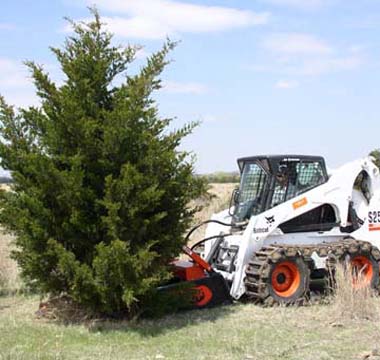I’ve seen a small handful of true blue mule deer toads in my time – and such occasions have almost always occurred when I didn’t have a mule deer tag in my pocket – but this big bruiser from Montana is a bona fide freak nasty mule deer.
And then some.
Taken a few weeks ago by 24-year old Connor, Mont. outfitter-turned-hunter Remi Warren, this huge 5X5 was arrowed somewhere in Montana’s Hunting District 270 near the East Fork of the Bitterroot River.

Remi Warren used a down time in his fall big game guiding activities to arrow this massive Montana mule deer.
“It’s just a massive typical frame,” Warren told the Billings Gazette. “You don’t see that too often.”
Indeed you don’t.
In fact, it was reportedly Warren’s lack of bowhunting clientele this fall that enabled him to be able to see the massive muley buck up close and personal.
With his own coveted archery mule deer tag burning a big antlered hole in his pocket, Warren struck out on Sept. 12 to locate the deer that he had heard rumors about.
After finding the buck – which spooked with some others and ran off – Warren put his legs into high gear and eventually found the deer again.
After a careful stalk into shooting position, Warren reportedly found the massive muley right below him.
But again, the deer spooked and ran off. This time, however, the hunter was able to blow on his grunt call and stop the deer while it was still in shooting range.
With his rangefinder showing 47 yards and the deer looking in his direction, Warren steadied the sight pins on his Mathews LX bow and let the Carbon Express arrow fly.
After the Wac’em broadhead did its deadly deed on the buck’s vitals, the deer went less than 70 yards before expiring.
So just how big is the Remi Warren buck?
Well, the Billings Gazette says the Safari Club International score is 205 inches.
Here’s what Boone & Crockett says on its “Trophy Watch” Web site:
“With an unofficial green score being roughly 214, the early archery kill will rank very high in the overall state rankings. While this buck appears to have great mass and symmetry, preliminary reports have indicated significant deductions. Whether the current state record is in jeopardy of dropping down a spot will be left up to speculation until the 60 day drying period has passed. Remi has indicated he will have the buck measured for B&C in addition to P&Y when the 60 day requirement is met.”
As I’ve mentioned several times already this fall, while I am an official measurer and dig record book critters, I’d have to say that when a massive muley like this is in front of your sight pins, who cares what the buck scores?!?
I sure wouldn’t!
The Remi Warren buck from Montana is a marvelous mule deer specimen, a western big game trophy for the ages, and one that the guide-turned-hunter should be thankful for every time he looks at his wall.
And most especially when he looks at his outfitting date-book and sees the empty spot left open on Sept. 12th!


